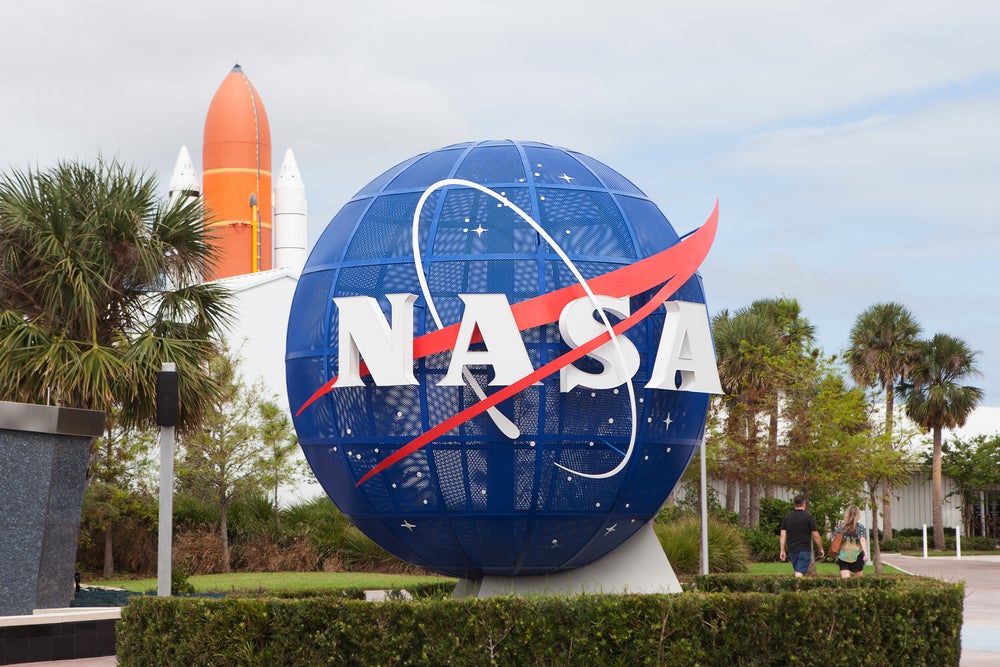The National Aeronautics and Space Administration (NASA) has unveiled spacecraft and mission hardware developed using generative artificial intelligence (AI)
These specialized components, known as evolved structures, are used in equipment such as astrophysics balloon observatories, Earth-atmosphere scanners, planetary instruments, and space telescopes.
The emergence of generative AI design could advance NASA’s approach to conceptualizing and testing components for upcoming robotic and human space missions.
Generative AI will accelerate production times
During the design phase, an engineer instructs the AI system on what the part must do and how it will connect to other parts and identifies dead zones where material cannot be inserted. The AI system then uses computer-aided design (CAD) software to build the part per the pre-established specifications.
NASA states this process can construct a prototype item within a week of completing the design, analysis, and production stages. The entire process, from concept to specification to finished product, is dramatically accelerated through the integration of generative design. After receiving design feedback, AI generates 30 to 40 design iterations in an hour, simplifying the work of NASA engineers. NASA also uses generative AI to automatically design wires and circuits for 3D printing.
Generative AI is an ideal solution to NASA’s custom parts
The aerospace sector is among the most highly regulated industries, with components having significantly smaller tolerances for error due to the extreme applications in which they are typically employed. With a few modifications, commercial-grade AI tools might be capable of creating components for crucial space missions.
How well do you really know your competitors?
Access the most comprehensive Company Profiles on the market, powered by GlobalData. Save hours of research. Gain competitive edge.

Thank you!
Your download email will arrive shortly
Not ready to buy yet? Download a free sample
We are confident about the unique quality of our Company Profiles. However, we want you to make the most beneficial decision for your business, so we offer a free sample that you can download by submitting the below form
By GlobalDataNASA’s design process begins with a prompt, employing geometric data and physical parameters as its inputs. The generative AI tool compresses and processes everything internally and independently, creating the design, analyzing it, determining the manufactured product’s viability, and performing corrective iterations quickly. Evolved structure support struts designed for NASA’s balloon-borne exoplanet-observing telescope EXoplanet Climate Infrared Telescope (EXCITE) mission are recent examples of aerospace components produced using generative AI-assisted design techniques.
AI-assisted design is a growing industry
Generative design offers significant benefits for the aerospace sector. By automating and streamlining the design process, generative design can reduce the time and cost needed to manufacture, while retaining enough human oversight to ensure that designs meet user specifications.
Though it remains a relatively nascent technology, companies such as Dassault Systèmes SE and Autodesk have already begun offering AI-assisted design solutions. As the AI market continues to grow, so too will the application of generative AI in the aerospace industry.









Related Company Profiles
Autodesk Inc